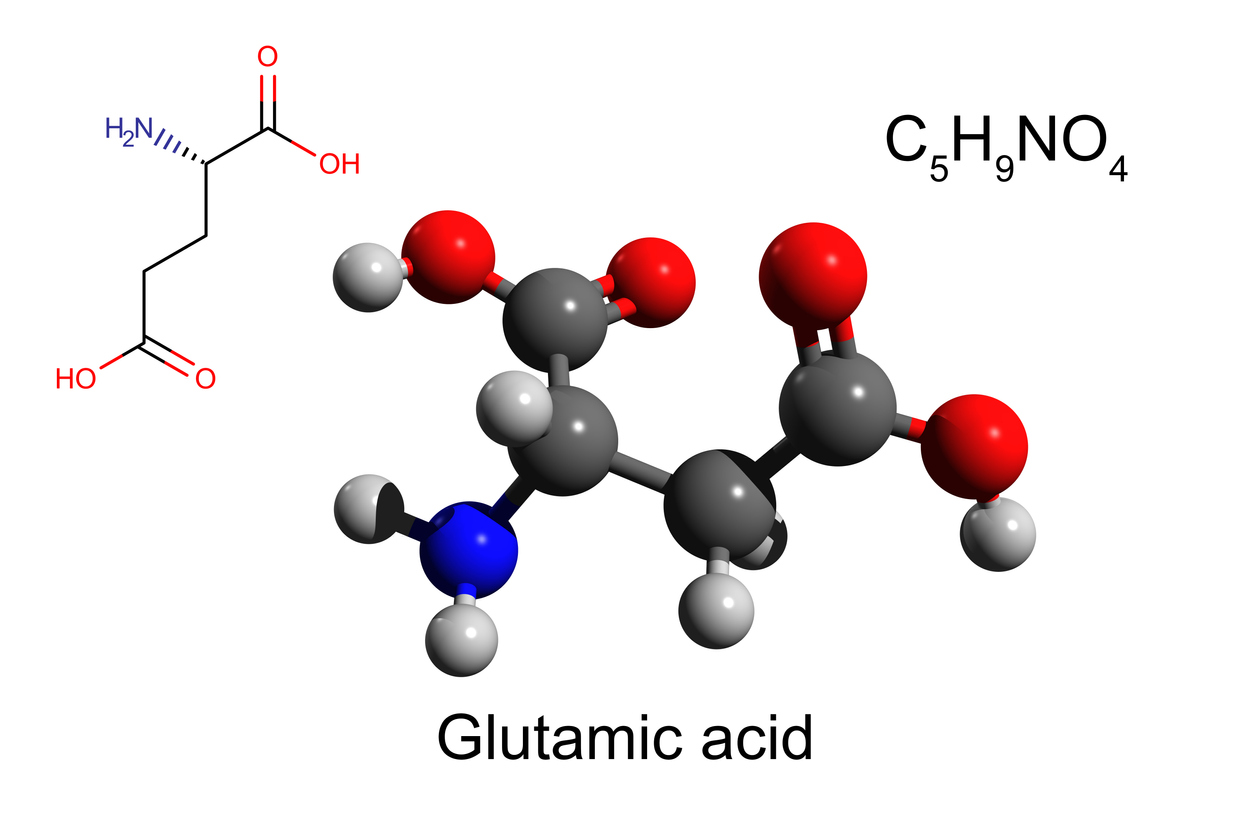Prior to 1957, excitotoxity did not exist. For amino acids to be brain-damaging (excitotoxic), amino acids had to be available in excess of what the body required for normal body function.
Before man began to manufacture amino acids, animals got the amino acids that they needed by eating amino acid-rich food found in the environment, or amino acids were produced by the body as needed.
For amino acids to become excitotoxic amino acids, they had to be available in quantity – in “excess.” And prior to the production/manufacture of amino acids in 1957, there were no “excess” amino acids. Before 1957, there was no such thing as excitotoxicity.
The concept of excitotoxic amino acids evolved from the work of John Olney, who had observed that immature mice fed or administered large quantities of free amino acids became grotesquely obese.
Through animal studies done in the 1960s and 1970s, Olney and others demonstrated that free glutamate passed by mothers to immature infants causes brain damage, endocrine disruption, and behavior disorders when fed in “excess” to the animals, and Olney coined the word “excitotoxin” to describe the phenomenon. Although not interested in food science, researchers of that period used monosodium glutamate (MSG) for its free glutamate content, for they had observed that brain damage could be caused by the relatively inexpensive free glutamate in MSG as well as by more expensive pharmaceutical-grade glutamate.
The reaction of the manufacturer of MSG
Olney was a neuroscientist interested in such things as amino acids and brain function and had no interest in food science per se.
But those who manufactured and profited from the sale of MSG knew that their product, monosodium glutamate, had been used as the source of free glutamate that caused brain damage. And they set about to do whatever it might take to convince the public that MSG was a harmless, or even beneficial, food additive.
In 1969, the fact that monosodium glutamate had been used as the source of free glutamate that caused brain damage, became a well-guarded secret — a secret vigorously protected by the people who, in 1957, produced the first excitotoxins.


